How Do I Make Lesson Planning of Science Simple and Focused?
Why is lesson planning of science such an important thing to do? Think back to your college days. Some of you may have just graduated and others, like me, feel like college was in another lifetime. But I bet you can remember writing those detailed lesson plans for your education classes.
Some school districts or principals actually require their teachers to turn in lesson plans, others have to write a lesson plan for their evaluation, and then there’s the teachers that don’t have to write or turn in lesson plans at all. Lesson planning of science keeps you on the right path and ensures that your students are learning what you are teaching.
In this Post
I will discuss the importance of lesson planning, even if you don’t have to actually write formal lesson plans. I will also break down the two types of lesson plan formats and how each component relates to the brain. Then I will give an example of a 5E lesson plan.
Make sure you grab your free guide 5 Daily Must-Do Routines to Run Your Classroom Like a Pro. Click this link .
Disclosure: This post contains some affiliate links for your convenience. As an Amazon Associate I earn from qualifying purchases with no cost to you.
Importance of Lesson Planning in Science
Lesson planning of Science is important because it’s a BIG part of classroom management and helps you with student engagement.
It tells you where you are headed and what you’re doing to get there. It tells you what materials you need, which is super important in science class. And, it ensures that students are learning what you are teaching.
Even if you don’t write formal lesson plans, you might use a calendar or list for what you are teaching on any given day. Those count as lesson plans in my book. In fact, that’s how I “write” my lesson plans. I’ll go into that in a little bit.
If you don’t plan your lessons, then you are winging it. Now, winging it can be very stressful, unless you can pull it off and your students don’t know you’re winging it. So I avoid the stress by lesson planning. I plan ahead of time, and usually have to change things several times throughout the week. But I have a direction and I’m flexible (not literally, just in the classroom).
Another important reason to write your lesson plan is to focus on how the brain learns. If we can reach parts of our students’ brains and strengthen them through our lessons, then they are learning!
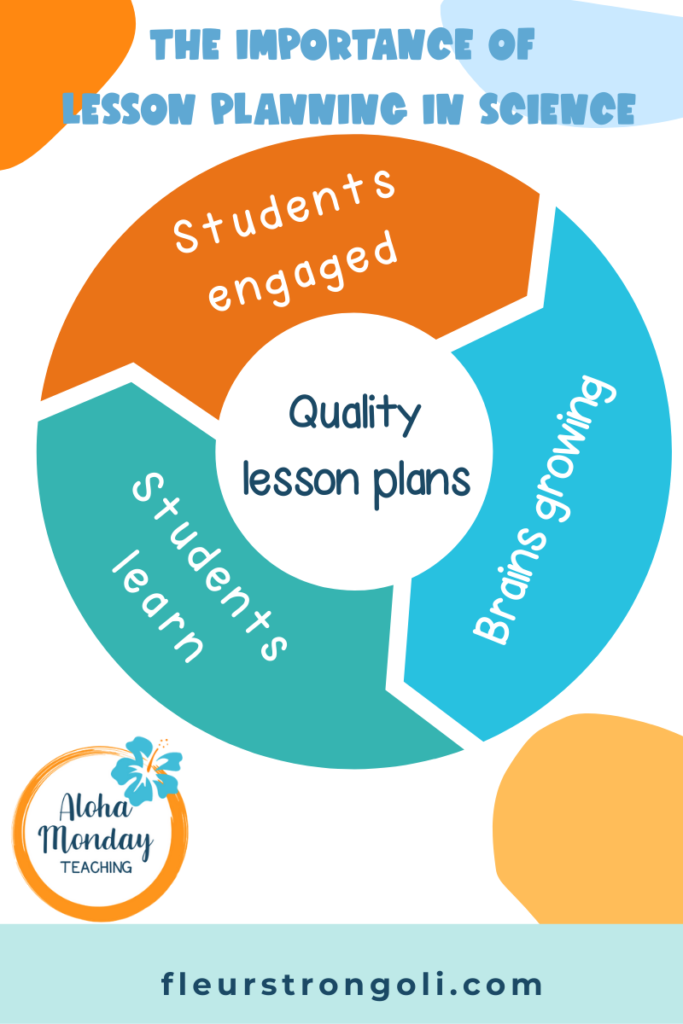
Compare Types of Lesson Plan Formats
There are two types of lesson plans that we have likely written in our teaching lives. The most popular is from Madeline Hunter. For Science, a 5E lesson plan or unit is suitable too.
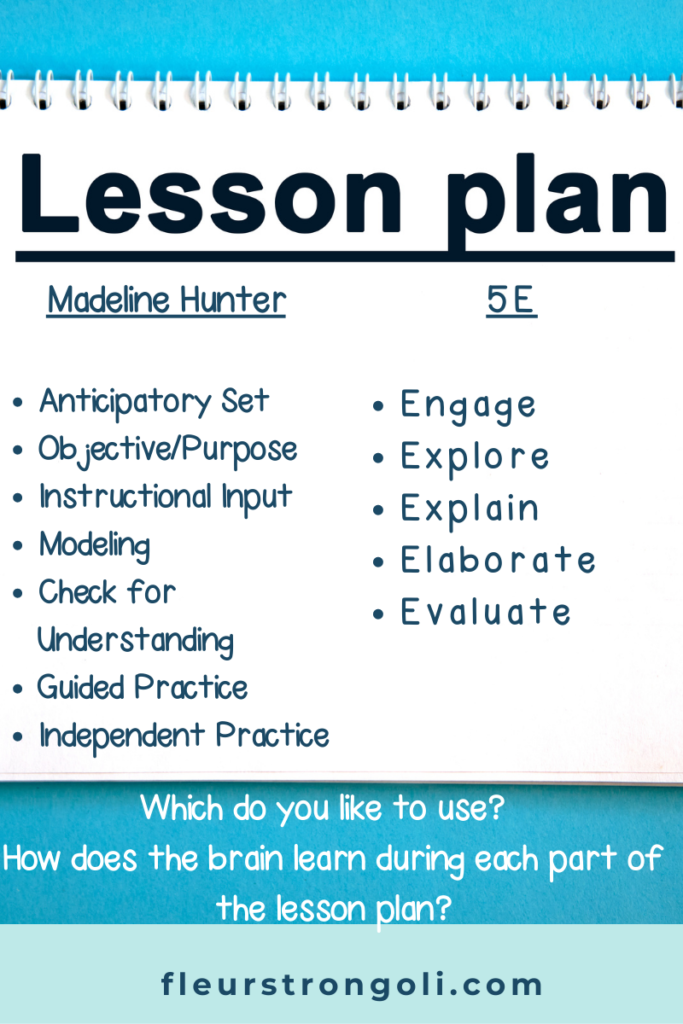
Let’s take a closer look at the similar components of each lesson plan format, and relate it to our students’ brains.
Hook
Madeline Hunter: Anticipatory Set and Objective/Purpose
5 E: Engage
Brain: Activates the RAS (reticular activating system) which gets students’ attentions
The hook captures the student’s attention. Possible hooks include phenomena, an activity, a picture, a question, a story, review question, or problem.
Direct Instruction
Madeline Hunter: Instructional Input, Modeling
5 E: Explain
Brain: Opportunity to build neural connections through teaching, examples, relevance
Instruction must happen in the classroom, even when the teacher is a facilitator. This includes whole-group instruction, small group, or individual instruction.
Student Practice
Madeline Hunter: Guided Practice, Independent Practice
Brain: Building and strengthening neural connections
Students must practice what they are being taught in order to learn it. There are many ways for students to practice their newly acquired knowledge. They can work with others or independently. They can complete various tasks. Content should be practiced several times in order for students to develop a better understanding and make neural connections in their brains. Content must be reviewed within 24 hours for students to make stronger neural connections.
Assessment
Madeline Hunter: Check for Understanding, Independent Practice, back to Objective/Purpose
5 E: Evaluate
Brain: Deeper understanding of topic, retrieval of information from memory
Retrieving information is an important part of learning. Assessing students allows their brains to find the information and deepen their understanding of the content.
Science Unit Plans
Most Science teachers plan their lessons after they have planned the unit. I brainstorm the available materials and resources I have to teach the standards. My teammate and I meet and decide what our assessment will be. Then we go through the list of resources and activities to create our unit. We write our daily lessons on a calendar.
While I don’t have to write formal lesson plans, it is still very helpful to know that I am covering each part of a lesson plan format. And it’s also important to understand that a Science lesson may take more than one day. It just depends on what you are teaching and having the students practice. Read about managing your time during lessons in this blog post.
GROW
A strategy I use to make sure I have the parts of a lesson plan AND plan for my students’ brains to be engaged is my framework GROW. (To grow neural connections and promote learning in their brains).
After I go through that process, I then write them into my “lesson plans”.
Lesson Plan in Science Example
Let’s make 5E unit plan on the structure and function of cells. You can find many of the activities listed below in my shop.

Engage
Use images of animal and plant cells under a microscope. You can find some images online. If your Science classroom has a microscope that can connect to your computer, you can show them actual slides of cells! That would really engage them, especially if you let them take a closer look on their own during “Explore” or “Elaborate.”
When you are showing them an example from each, try to have the images side by side. That way they can compare and contrast them. They can come up with questions that they have and will work on answering during the unit.
This part of your lesson should take about 15-30 minutes. Then move on to Explore.
Read more about Engage and hooks for your lessons in this blog post.
Explore
During this part of your lesson plan, you can have the students do a number of things. You can have them look under a microscope at different cells. They can sketch what they see. You can have students complete the Cell Model lab.
This part can take up to a whole class period, or longer. It depends on the activity you choose.
Read more about types of activities you can do during Explore.
Explain
For the next part, you will give the explanation of what they have observed during “Engage” and “Explore.” This is your guided lesson using a book, slide show, and/or videos.
This usually takes one to two class periods. If you are having students take notes, be sure to give them breaks to process information and move around. I like to break my note taking days in half. Half the class they are taking notes and the second half they are practicing.
Read more about the Explain step. Here is a complete product for Cells Notes.
Elaborate
Now students get to take what they have learned, and put it into practice. There are so many things you can do at this point in your unit. They can practice their newfound knowledge with task cards, labs, hands-on activities, or projects.
This part of your unit will take at least two days, depending on the activities you choose for your students to complete.
Read about activities your students can do during Elaborate.
Evaluate
Finally, it is time to assess your students. Throughout your unit, you were likely assessing with formative assessments. Here, you will use a summative assessment like a final test, report, or project.
Read about different types of assessments to use during Evaluate.
Wrap Up
I shared the importance of lesson planning of science, compared the two most popular lesson plan formats, and shared information about the brain during each part. I gave an example of a 5E lesson/unit that you can use when teaching the structure and function of cells.
Your Turn
Share how you lesson plan for your Science class! Connect with me on Facebook and reply!
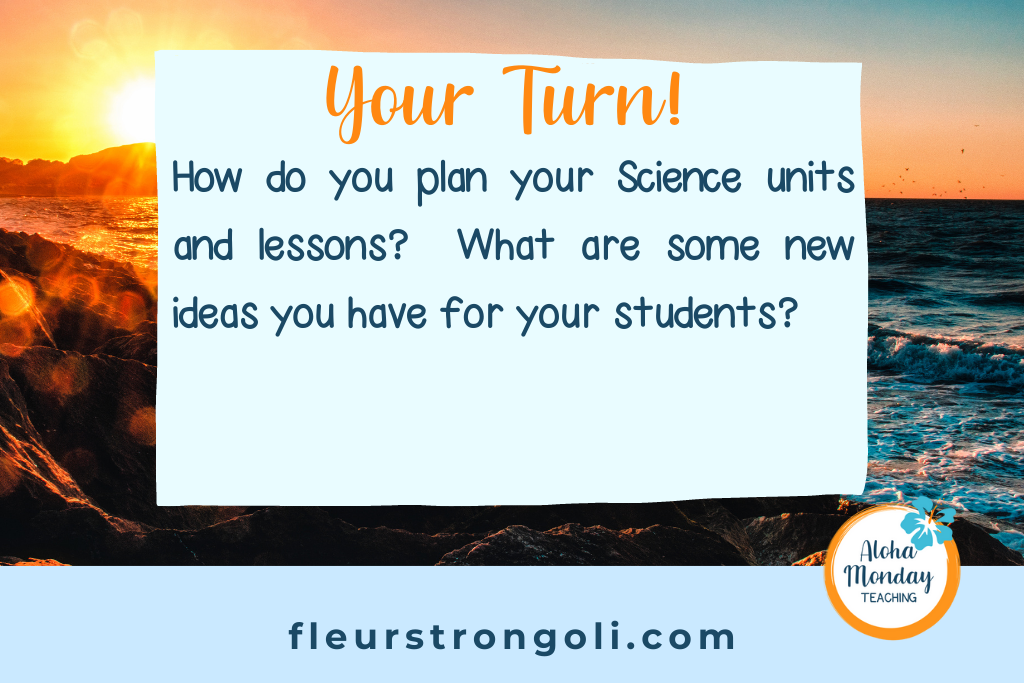
Resources Mentioned
Free Calendar for Lesson Planning
Read More
What Are Quick and Easy Lesson Plan Hook Ideas for Science? – Engage
5E Explore: 4 Types of Fun Activities and Science Experiments for Middle School – Explore
3 Must-Haves for a Successful Explain 5E Model – Explain
What are Some Science Activities to Use During Elaborate 5E? – Elaborate

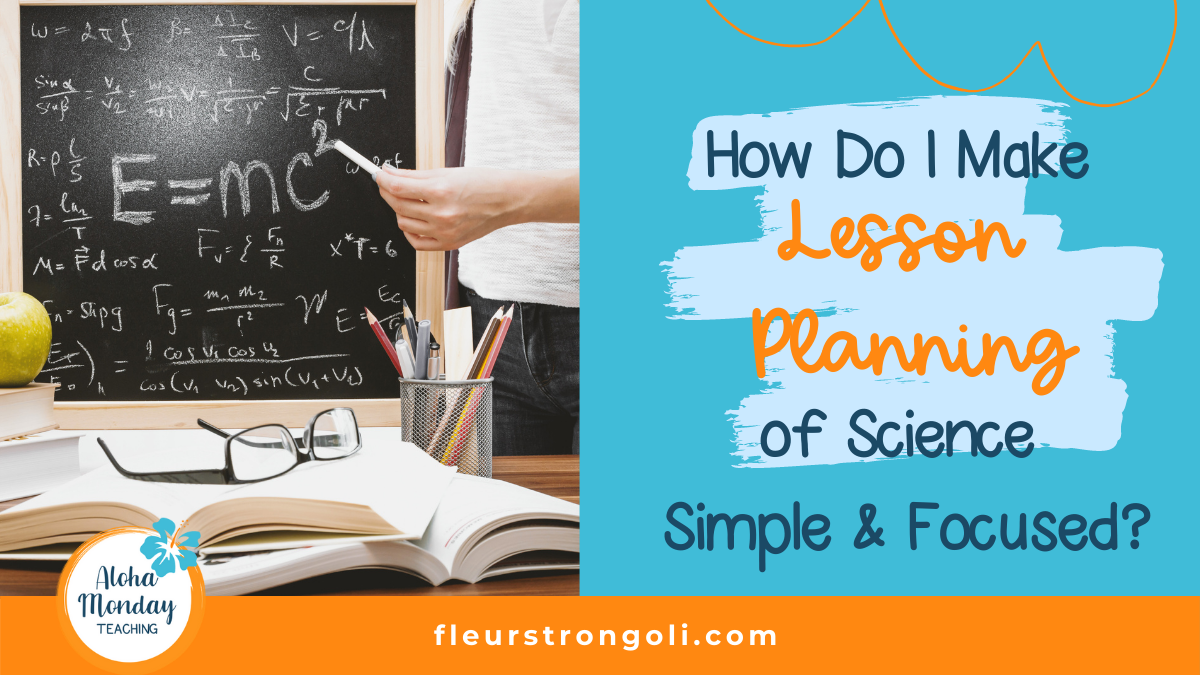
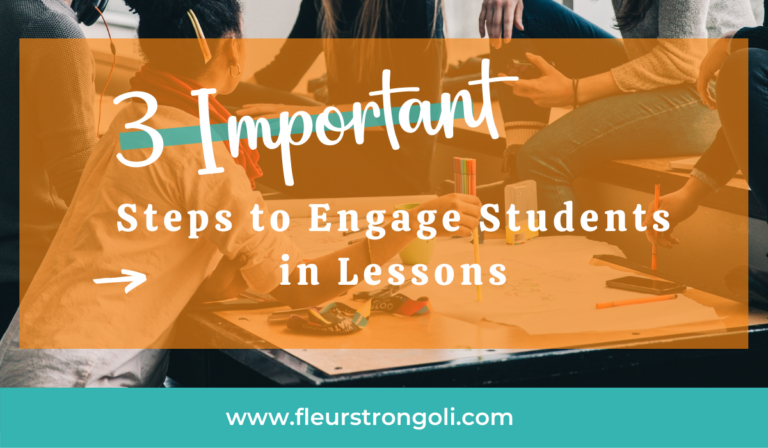
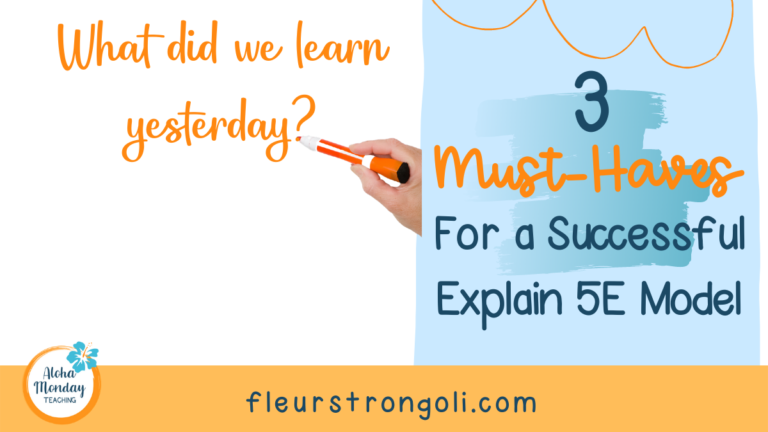




10 Comments